6 Types of Soil for Plants: Which Soil is Best for Different Types of Plant Growth?

It’s a common occurrence for people to head off to the store, pick their favourite plant, and stick it in the ground. Often when that happens, they’re just hoping for the best when it comes to whether the plant will thrive. While using whatever dirt and soil your garden is supplied with is the norm, it might hinder your success in growing your favourite kinds of plants. That’s because the types of soil for plants aren’t a one-size-fits-all. In fact, there are 6 different types of soil, and different plants prefer different homes for their roots!
We’ll talk more about these 6 different types of soil for plants below, so you can find the best one for your gardening adventure.

The 6 Types of Soil for Plants
Believe it or not, there are 6 different types of soil for plants. Figuring out which kind of soil you naturally have in your garden is critical for determining which plants will thrive, and which ones will need a little more TLC. We’re breaking down the 6 soil types below:
Chalk Soil
Chalk soil is rockier or stonier than many other soil types for plants. That’s typically because it lays right over bedrock like limestone or (you guessed it!) chalk. It’s an alkaline soil, which can cause problems for many different types of plants. Alkaline soil, which is the opposite of acidic soil, can cause a slower or even stunted growth period for your plants. Not to mention, it lacks other necessary nutrients for plants, so it can cause yellowing leaves.
Like all soil types, you can amend it, so it has a better balance in nutrients, draining properties, and structure to help your plants grow. However, chalky soil is one of the harder ones to work with. Balance the alkalinity by adding organic fertilisers. Add more structure and create less drainage by mixing in humus.

Pros of Chalky Soil
- It is naturally well-draining - this is great because many plants are susceptible to overwatering, which can lead to damage, such as root rot
Cons of Chalky Soil
- It’s an alkaline, rocky soil - plants that love acidic soil types won’t do well in this type of soil if you don’t amend it
- As an alkaline soil, it quickly eliminates other important nutrients, like magnesium, which can cause yellowing on the leaves of your plant
Best Plants for Chalky, Rocky Soil
Plants that do well in chalky, rocky soil aren’t too nutrient-needy. They also need to be okay with quick-draining soil. Some of the best plants for chalky, rocky soil are:
Clay Soil
Clay soil is rock hard when it’s dry and dense when it’s wet. Both of those make for poor drainage, which can lead to bacterial infections, like Root Rot. However, clay soil is packed with nutrients that are great for plants! If you’re able to amend your clay soil with other water-draining elements like gravel or potting grit, clay soil is a great option to add to a plant soil mixture.

Pros of Clay Soil
- Nutrient-dense
- Water doesn’t drain as quickly as other soil types
Cons of Clay Soil
- Poor draining
- Hard to cultivate because of its rocky hardiness when dry, and its density when wet
Best Plants for Poor Drainage Soil Like Clay Soil
- Crab Apple trees
- Lilacs
- Roses
- Summer crop vegetables like broccoli, cabbage, cauliflower, and potatoes
Loam Soil
Loam soil is one of the best types of soil for plants. It’s usually a balanced combination of clay, sand, silt, and humus. Due to the combination of different soil types within loam, it boasts a well-balanced pH level with a slight leaning to the acidic side. Loamy soil is excellent to use for your shrubs, lawns, and gardens. It maintains its structure, which means your plants can grow sturdy and strong. It holds moisture and nutrients well too. Although it drains wonderfully (which, for the most part, is great for your plants!), it can wash out nutrients. Make sure to add nutrients back into your soil every so often.

Pros of Loam Soil
- Well-structured which supports strong, sturdy growth
- Well-draining so you won’t have to worry about roots sitting in moisture for too long
- Plenty of nutrients naturally
Cons of Loam Soil
- Slightly acidic, so plants that don’t love acidic soil may need to have the mixture amended
- Nutrients needed to be added back in because of the properly draining soil
Best Plants for Loam Soil
The best plants for loam soil are ones that love a good structure, need proper drainage, and are okay with slightly acidic soil. This includes:
Peat Soil
If you’ve ever bought peat moss for your garden, you’ll know what peat soil feels like. It has a spongy, damp quality to it. Peat soil is naturally found in boggy areas and wetlands. It’s created from plant matter, decomposing over time in these wet conditions. While it's rich in nutrients, it’s also an acidic soil that retains a lot of water. This means that peat soil by itself may not be the best for every single type of plant. Plants that love moist, acidic soil can thrive in peat soil alone, but most plants need a mixture of multiple types of soil to find success.

Pros of Peaty Soil
- It’s nutrient-rich
- It heats up quickly in warmer months which can help the soil dry out more
Cons of Peaty Soil
- It retains a lot of water which can cause bacterial infections like root rot
- It’s highly acidic, which might not be great for every type of plant
Best Plants for Peaty Soil
The best plants for peaty soil need to be okay with highly acidic, moist soil. If they can handle that, then the plants will get plenty of nutrients! Some of the best plants for peaty soil include:
- Azaleas
- Beans and Legumes
- Heather
- Rhododendrons
- Root Crops
- Salad Crops
- Witch Hazel
Sandy Soil
Next up on the list, we have sandy soil. This type of soil is great to use in a soil mixture. While it doesn’t always hold its shape, which can be difficult for some plants who want more structure, it's great for draining. However, you need to know that it gets washed away in heavy rainfall. Plus, because of how much it drains and how warm it gets in hotter months, it doesn’t retain as many nutrients as other types of soil for plants.

Pros of this Type of Soil for Plants
- Fast draining which prevents root rot
- Easy to cultivate because of its loose structure
Cons of this Type of Soil for Plants
- Holds fewer nutrients because of how warm it gets
- Can easily wash away from heavier rains
Best Plants for Sandy Soil
The best plants for shallow soil like sandy soil are ones that need root systems that can easily penetrate the ground. That includes:
Silt Soil
Silt soil is composed of organic matter which makes it nutrient-dense and fertile. With a soft, almost soapy texture to it, silt is easier to cultivate than some of the other types of soil for plants.

Pros of this Type of Soil for Plants
- Softer, so it’s easier to cultivate
- Plenty of nutrients to naturally fertilise plants
Cons of this Type of Soil for Plants
- Retains more moisture, which can be damaging for plants that like to dry out
- Compacts easily because of the amount of water it holds
Best Plants for Poor Drainage Soil
You’ll want to look for the best plants for poor drainage soil if you have silty soil in your garden. That typically includes:
How to Test for Types of Soil for Plants
Now that you know what type of soil is best for plant growth based on the kind of plant you want, it’s time to test the soil you already have.

Chalk Soil
To test for chalky soil, look for a dry texture that doesn’t roll up too well. Chalky soil is often grainy, rocky, and structured. It won’t feel malleable as you play with it.
Clay Soil
Clay soil, when wet, will form a ball in your hand easily. It might feel a little slippery if it is wet, and may look shiny.
Loam Soil
Loamy soil should feel gritty and maybe a touch sticky. If it’s naturally mixed with sand, you may notice it falls apart easily in your hand.
Peat Soil
Peat soil has a spongy texture to it, especially when it’s wet. It should form a ball easily in your hand, but it may not retain its shape.
Sandy Soil
If sandy soil is heavily saturated, it will form a ball easily in your hand. It may still break apart easily, even when it’s very wet. No matter what, sandy soil will feel gritty to the touch.
Silt Soil
Silty soil has a slippery, almost soap-like texture to it. It will form a ball in your hand. However, you’ll notice you have to work at it to get it to do so.
Best Soil for Indoor Plants
The best soil for indoor plants isn’t actually soil at all. That’s because once soil is placed into a container, it compacts easily and doesn’t give proper water drainage or airflow.
Indoor Soil Mixture for Plants
So when it comes to the best soil for indoor plants, make sure you’re using a mixture of peat moss, perlite, potting grit, limestone, and fertiliser. You can also find a potting mix that includes an even amount of those ingredients if you’re not ready to create your own mixture every time!
Best Soil for Outdoor Potted Plants
Very rarely does someone have the absolute best type of soil for plant growth in their garden. Usually, people will find they have a great starting soil mix, but it needs to be amended to add the proper qualities for their plants.
Soil Mixture for Outdoor Potted Plants
Making the best soil for outdoor potted plants is quite easy. What you’ll need is some garden soil or potting soil mix, peat moss, and potting grit. It’s important not to use play sand or beach sand, as it’s too fine and won’t properly drain water.
The best soil for outdoor potted plants is a combination of the following three:
In a large bucket, add your potting grit, your peat moss, and your potting soil mix. Give it a great mix so everything is evenly distributed. When you dip your hand into the mixture, you should see an even mix of each part. Then fill your outdoor pot with it. Leave a few inches at the top so water doesn’t spill out of the container.

There you have it! The 6 different types of soil for plants, how to tell which kind you have in your garden and choosing the best type for your plants.
Ready to get your garden going this year? We’ve got everything you need in our Lawn & Garden section.
Woodie's
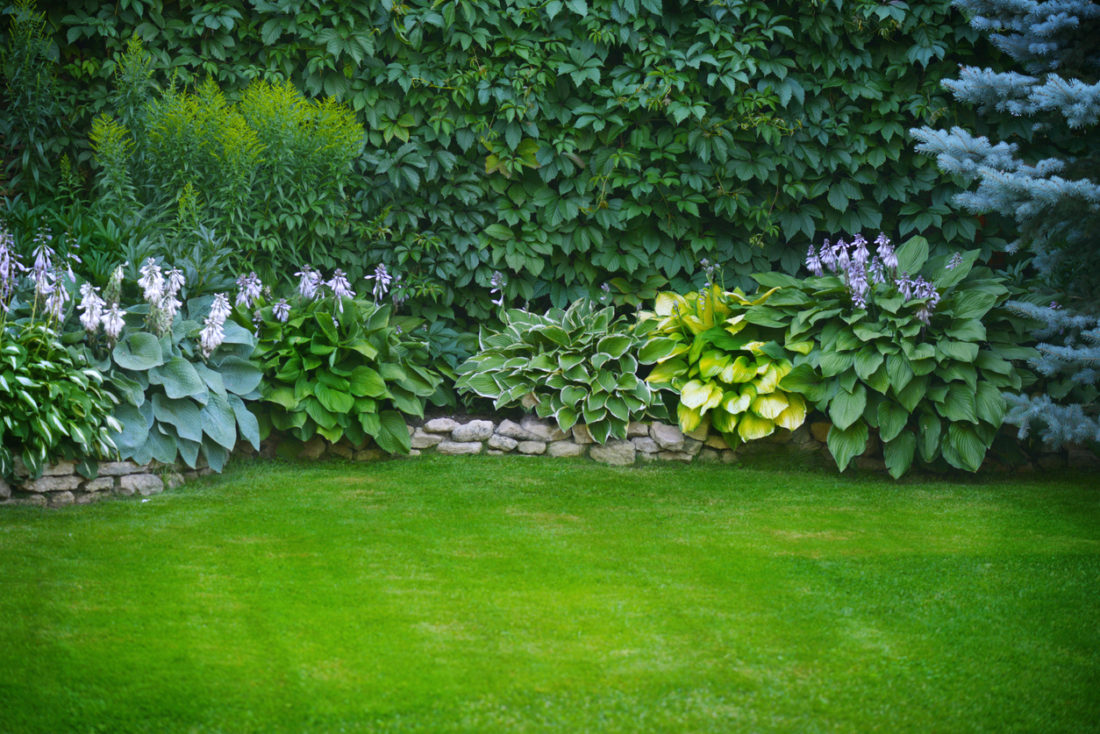
- Lawn & Garden
A Complete Guide on How to Sow Grass and Take Care of Your Lawn
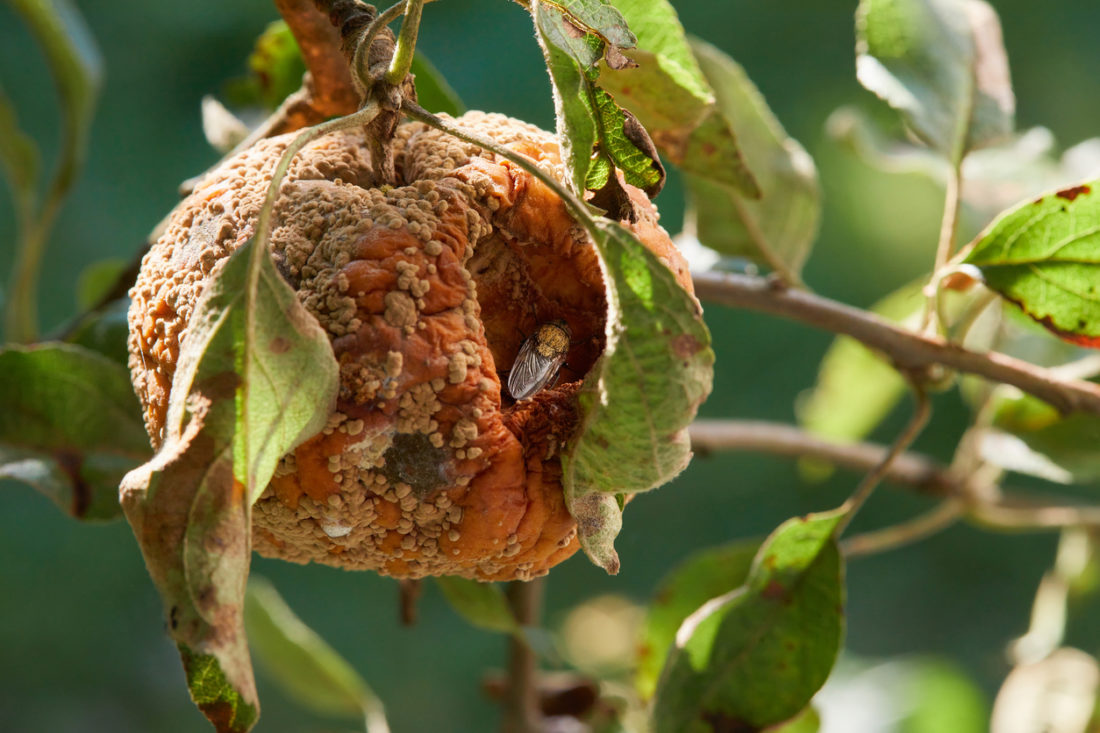
- Lawn & Garden
Everything You Need to Know About 9 Most Common Plant Pests and Diseases
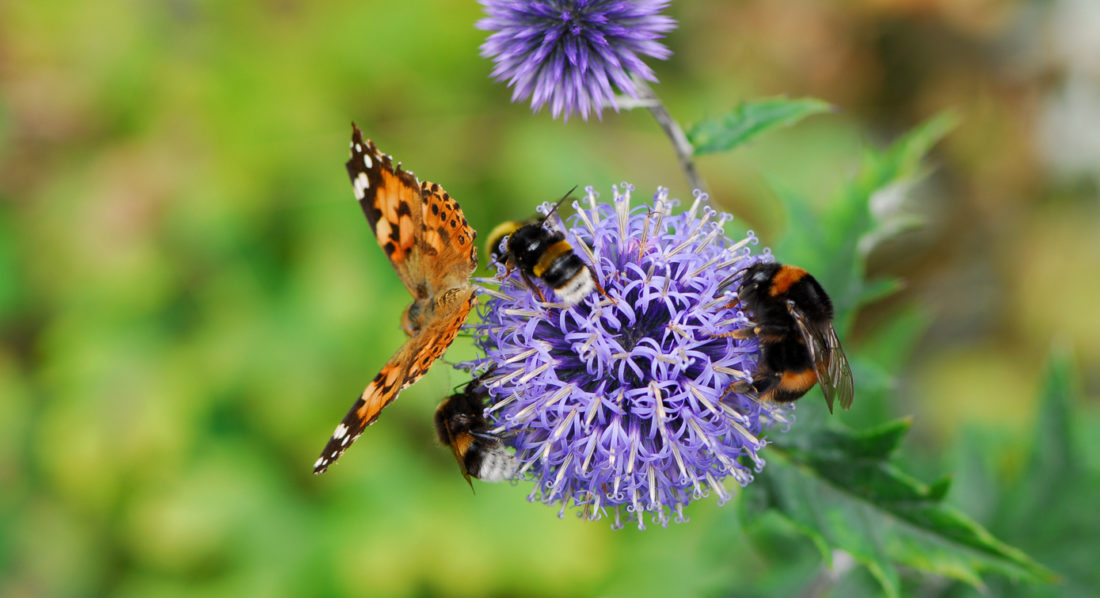
- Lawn & Garden
How to Attract Wildlife to Your Garden: 9 Ideas to Turn it into a Nature Preserve
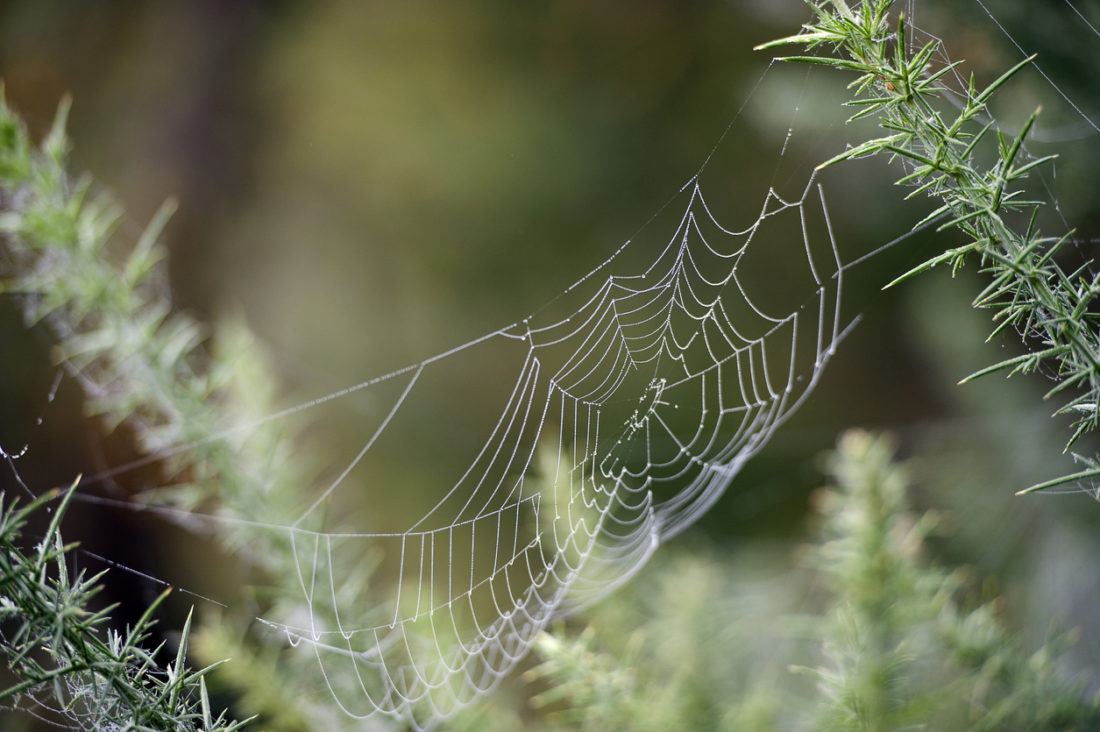
- Lawn & Garden
How to Get Rid of Ants, Flies, Spiders, and Mice: The Ultimate Guide to Home Pest Control
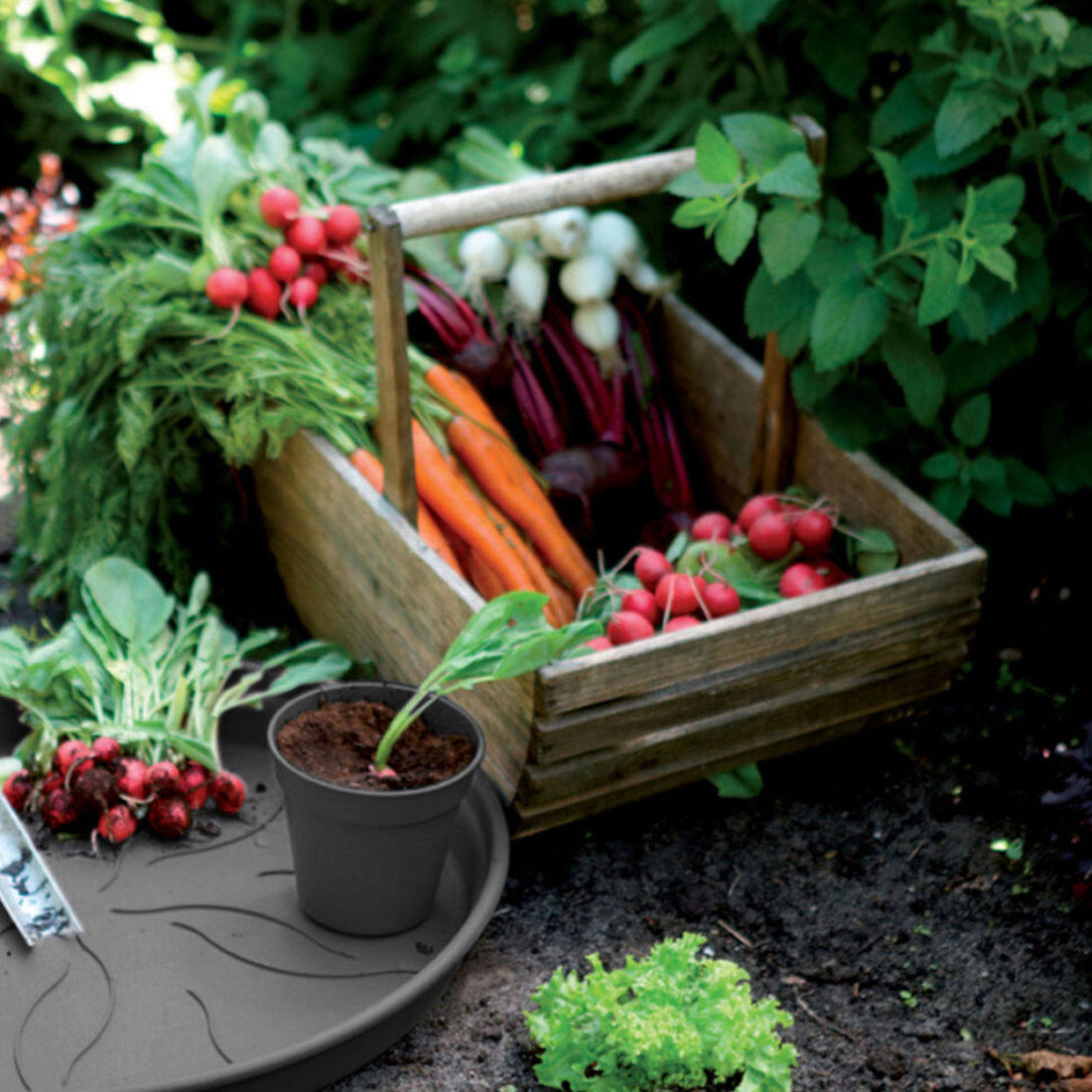
- Lawn & Garden
How to Grow Vegetables from Seeds: Everything You Need to Know
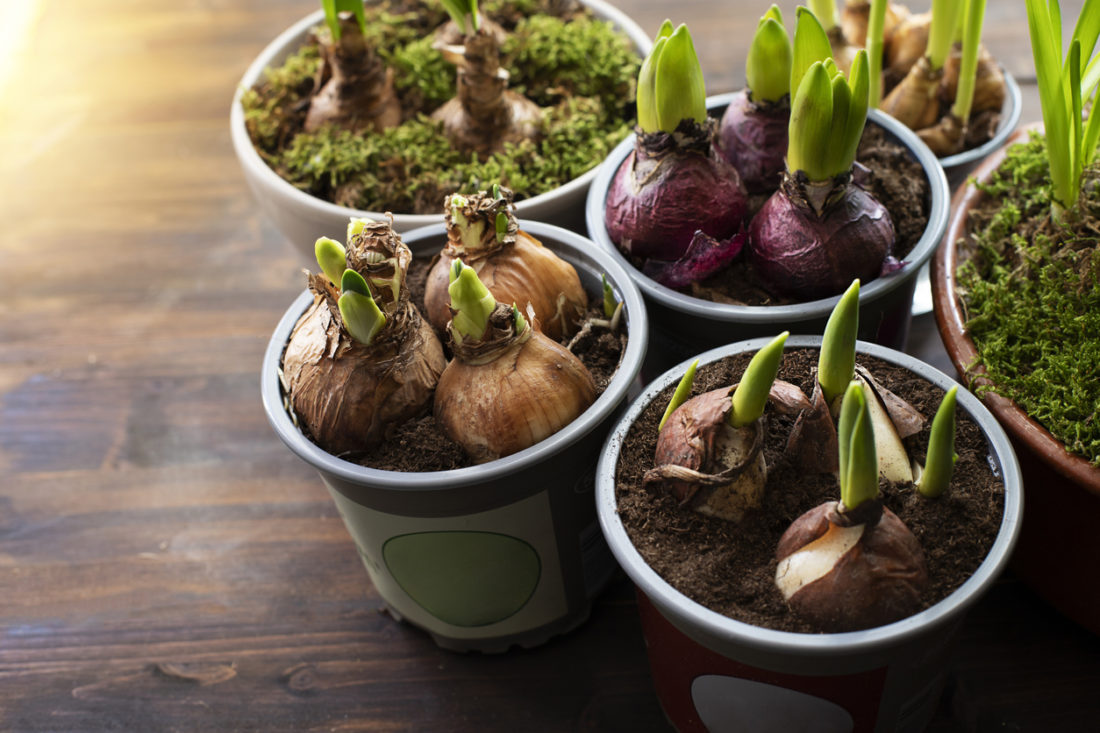
- Lawn & Garden